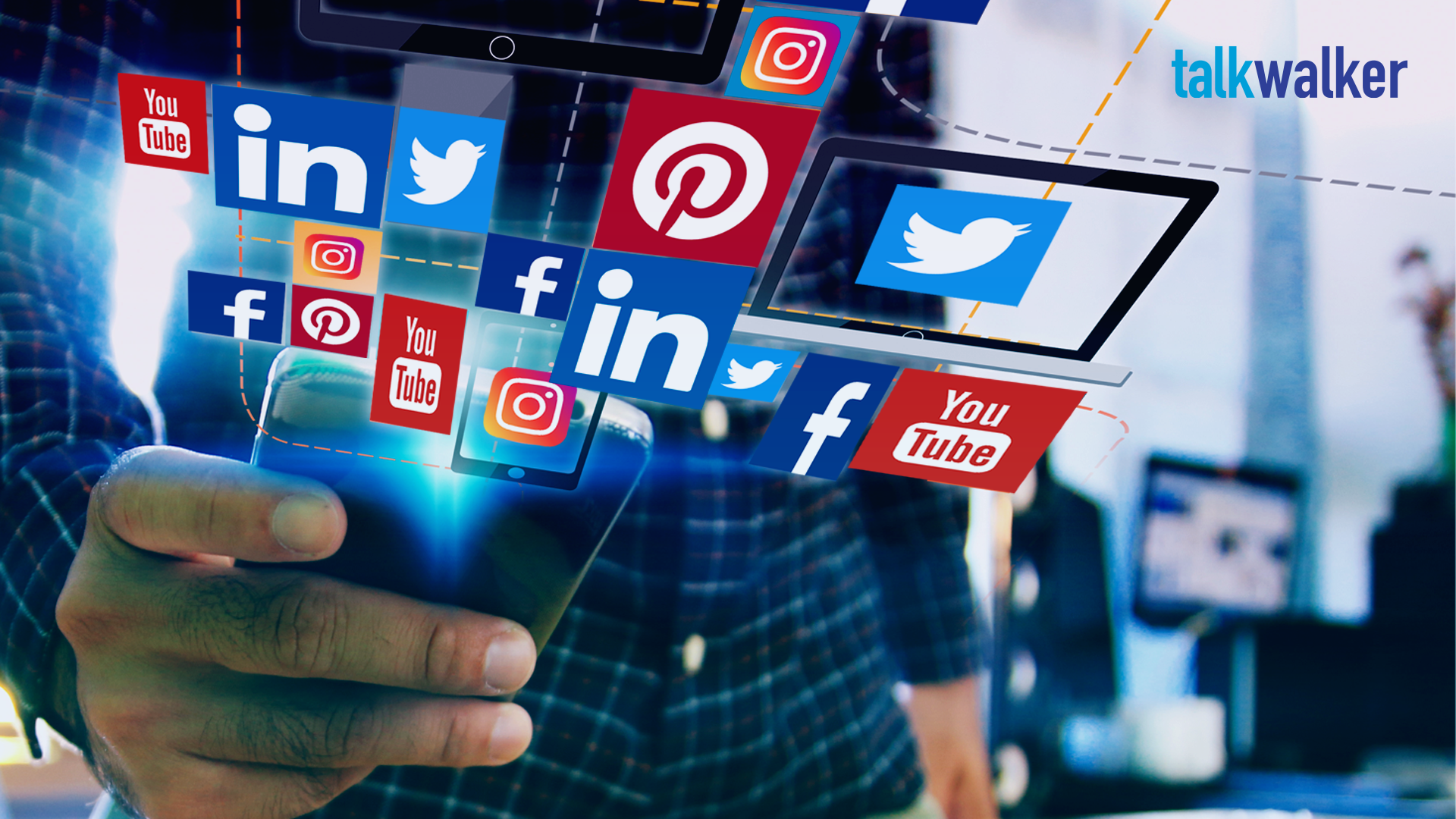Social media has played a major role in growing businesses, exchanging information, and improving the quality of communication. The various platforms of social media have allowed us to communicate and keep in touch with each other no matter the distance. It has evolved from being an entertainment accessory to a fully integrated part of society. With the widespread information that social media possesses, it also possesses the power of spreading false information. Over the years many people have shifted from getting their news from traditional tv channels to getting their news from social media platforms.
The sudden emergence of the new contagious virus COVID-19 has also led to a pandemic of misinformation. Since the coronavirus pandemic, people have been forced to stay at home and quarantine which has led to an increase in the amount of time spent on social media. Surveys were performed to show that US social media users’ time using social media increased by 1-2 additional hours per day because of the lockdown (Clement, 2020). Social media holds an immense and dangerous amount of power in how we recognize our surroundings.
The increased amount of time being spent on social media makes people inclined to follow the advice of non-medical experts and follow misguided theories or sketchy home remedies for COVID-19. According to a study done by McGill University, people who tend to receive their daily news from social media are more likely to believe falsehoods about coronavirus and be the ones who are not practicing social distancing. This effect of social media has increased significantly during the pandemic because people are looking for guidance and recommendations but many are reliant on their social media apps to provide them with that. The same study talks about how, on the other hand, the people who watch traditional news and get their daily news from tv channels, are more likely to follow the public health recommendation (Bridgman et al., 2020). Our perception of daily lives is not what there is, rather we are influenced by what we expose ourselves to. This leads us to question why as humans we choose to believe the news on social media or why social media news and traditional news impact us differently.
Social psychology concepts that explain this phenomenon are availability heuristics and confirmation bias. Availability heuristics is a tendency to estimate that odds will occur by how easily an instance pops into your mind. It is our estimate of the likelihood that is mostly influenced by what is readily available in memory. We tend to use heuristics a lot especially on the internet and social media because it is easier than making complex analyses of large amounts of information. Since most of the people’s time is spent on social media, during the pandemic they are receiving all their information from social media. The availability heuristic is based on ease of retrievability and recall which means they are recalling information they saw on social media. A study done on availability heuristics showed that the participants who were introduced to availability cascades imitated others because they took the “simple availability of information as an indication of reliability and relevance” (Wilczek, 2020). For example, this can occur in our daily lives through social media platforms. On these platforms, the chains and threads of remedies for COVID can play a role in triggering the availability heuristic. Since that is the type of post you are most likely to interact with, you are more likely to remember them and as a result, believe them as real news. Even though they have no scientific support for them. This is why the power of social media on our perception is dangerous because it can lead to people recalling false information and as a result risking their lives and others’ lives.
Another social psychology that applies to this theme is the concept of confirmation bias. Confirmation bias is the tendency to look for , interpret and recall information in a way that strengthens your prior opinions and beliefs. Since social media perceives how we perceive information confirmation bias solidifies the information that we are receiving from social media platforms. It is looking at the same thing as someone else but interpreting the meaning of it completely differently to fit your beliefs. An example of this would be as if you were to look at the recent events, even leaders and scientific figures promoted the safety measures and lockdown needed to be taken some people perceived it as a logical action whereas others perceived some information as oppression to their freedoms. A case study done by the Mayo clinic shows a similar effect of confirmation bias taking place. For a clinical study done on the use of hydroxychloroquine, the results generated claims about the efficacy of the drugs for the patients of COVID. This was highly the reason because of confirmation bias since the study was considered a “flexibilization” of science and not enough peer reviews took place. The effect of confirmation bias steered scientists to collect evidence that fit their narrative and beliefs (Oliveira, 2020).
Social media and misinformation go hand in hand. Even though social media brings a plethora of information it can also be the same source of false information that can lead to risking people’s lives in a worldwide pandemic.
References
Bridgman, A., Merkley, E., Loewen, P. J., Owen, T., Ruths, D., Teichmann, L., & Zhilin, O. (2020). The Causes and Consequences of COVID-19 Misperceptions: Understanding the Role of News and Social Media. doi:10.31219/osf.io/6tcdn
Clement, J. (2020, June 19). U.S. increased time spent on social due to coronavirus 2020. Retrieved December 09, 2020, from https://www.statista.com/statistics/1116148/more-time-spent-social-media-platforms-users-usa-coronavirus/
Oliveira, L. (2020). Flexibilization of Science, Cognitive Biases, and the … Retrieved December 9, 2020, from https://www.mayoclinicproceedings.org/article/S0025-6196(20)30697-2/fulltext
Wilczek, B. (2020). Misinformation and herd behavior in media markets: A cross-national investigation of how tabloids’ attention to misinformation drives broadsheets’ attention to misinformation in political and business journalism. Plos One, 15(11). doi:10.1371/journal.pone.0241389



